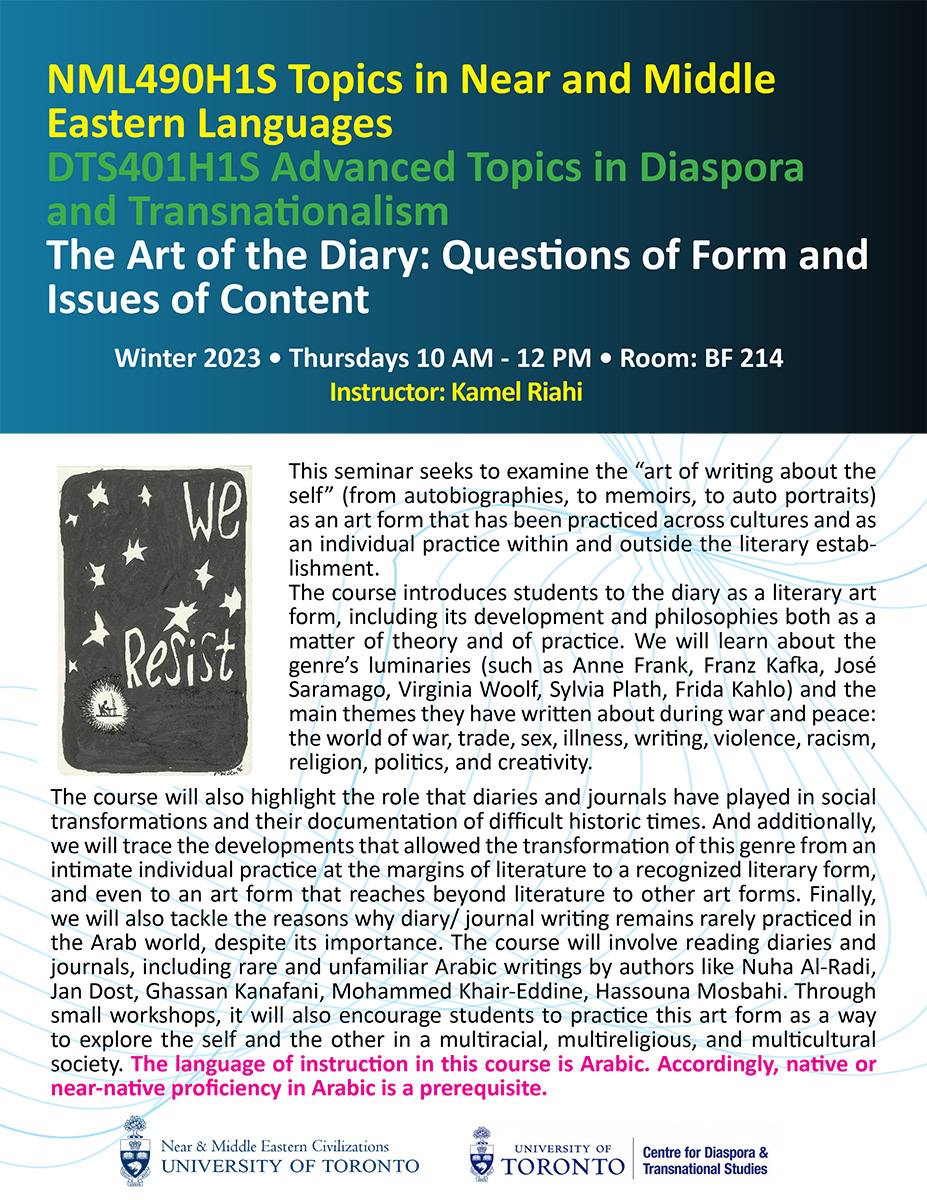To view all courses with instructors, day/time and number of seats available:
Enter NMC under Department – Select Search for Courses
To view a specific course:
Enter NMC under Department – Enter course code, i.e. NMC101
View the course timetable
Newly Offered Courses for Winter 2022-23
* Click the course title to view the details of the course.
200 level course
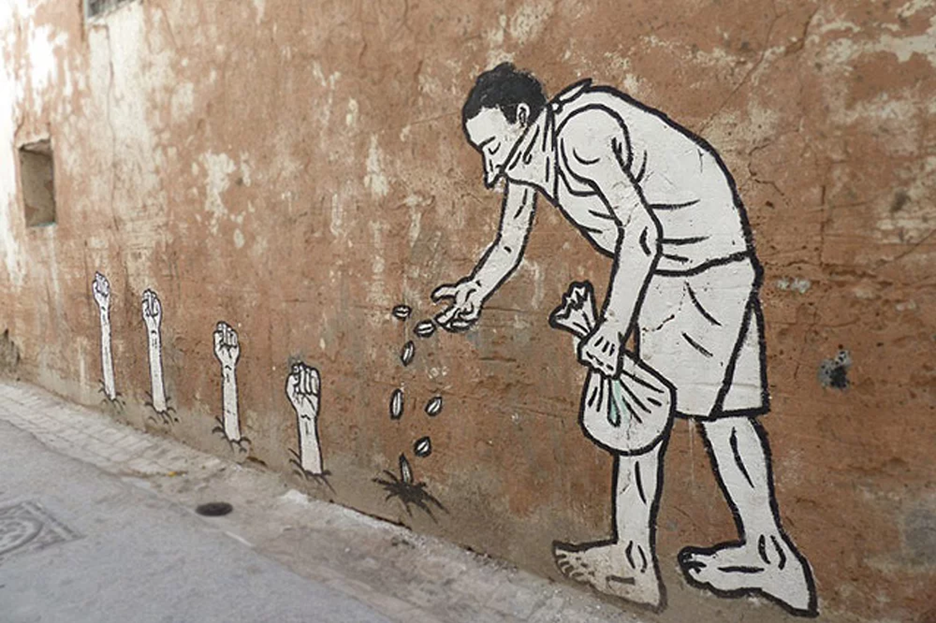 The Sprouting of Revolutionary Fists (Zoo Project, Tunis)
The Sprouting of Revolutionary Fists (Zoo Project, Tunis)
This course examines the Arab revolutions that began in 2011 and their ongoing impact through the lens of cultural production. How have Arab writers and artists contributed to and reflected upon the Arab revolutions collectively known as the "Arab Spring"?
How have art and literature represented the aspirations, and struggles of the Arab peoples during and after these transformative revolutionary struggles? The cultural texts examined in this course range from those that mediate the euphoric optimism heralded by the revolutions to those that narrate and reflect upon the dystopian aftermath after revolutionary failure, including fiction and art that address the reassertion of authoritarian rule, the violence of civil war, and the homelessness of exile. Through novels, poetry, music, art, and film, this course will examine cultural texts that narrate and historicize the multi-faceted motives and impacts of the Arab revolutions.
300 level course
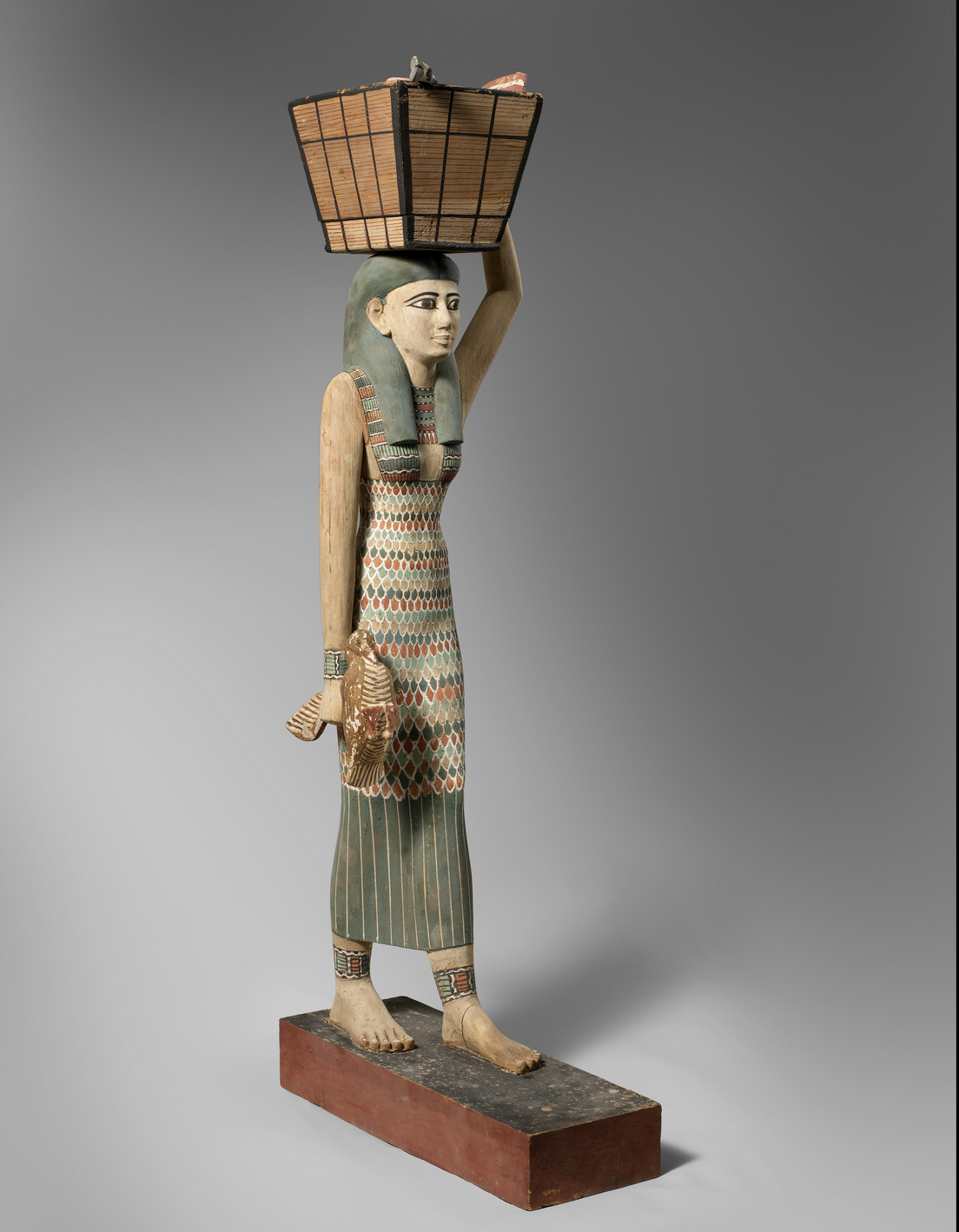
The course explores issues related to gender within the ancient Egyptian context and investigates the activities of women through the study of many different kinds of archaeological and material evidence. We'll build a foundation for this work with an overview of current developments in gender theory and consider their applications for research on ancient Egyptian society and culture.
No prior knowledge of theoretical approaches is expected. From this basis, we'll go on to consider how archaeological material can contribute to the understanding of gender roles and examine how excavators may unconsciously impose their own gender perspectives on ancient contexts, creating biased views of ancient societies that become entrenched in scholarly tradition. The same methods of critical analysis will inform our study of women in ancient Egypt, incorporating archaeological data and artifactual material that can inform our understanding of the complex roles that women played in Egyptian culture, society, and religious practice.
How does the workings of capital intersect with technological innovation and political visions in the modern Middle East? This course approaches this question through critical reading in the histories of capitalism, crisis, science, politics, and intersections between cultural history and technology studies using the Middle East as a starting point for the study of global phenomena. We will examine the ways in which constructions like race and ethnicity, gender, and the human/non-human divide have mediated the social and spatial expansion of capital in the region, especially through technological infrastructure and utopias between the late 18th and the 21st centuries.
400 level course
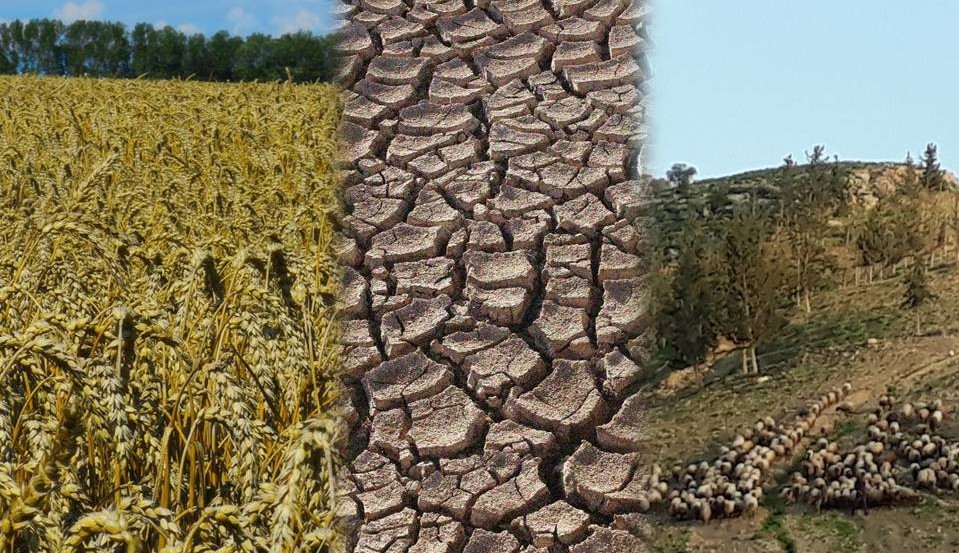
Discussions of climate change and its repercussions for modern society have become pervasive in the media and in general social discourse. The past offers a deep time-scale within which to examine the plethora of ways in which humans have interacted with their environment, and responded and adapted to climate variability in various periods.
However, when we find stories about past civilizations and their relationship with their environment in the media, these are almost exclusively framed as stories of unavoidable collapse. Is this legitimate, or over-dramatic? What can we learn from past societies and how they adapted to ancient climate change—or perhaps failed to do so? This course addresses the methods used to reconstruct past climate, the details of what we know about Near Eastern palaeoclimates, and the frameworks of collapse and resilience that are frequently employed in explaining episodes of rapid climate change in the Near East.
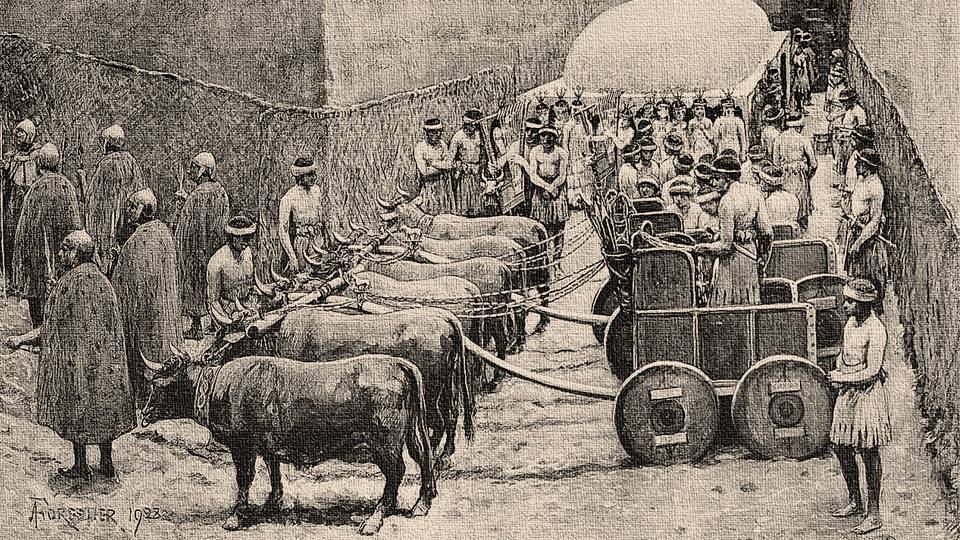
(Illustration by A. Forrester in 1928, published in the Illustrated London News and in Sir L. Woolley, Ur Excavations, Volume II: The Royal Cemetery (1934))
Death is an unavoidable part of the human experience, and each culture has its own unique ways of handling the loss of family and community members and conceptualizing the relationships between the living and the dead.
This course represents an intensive education in the archaeology of death. Participants in this class will read a variety of theoretical and methodological literature outlining several approaches to reconstructing the ways that people have disposed of the dead throughout history, and will use these frameworks to examine in detail the primary archaeological data for mortuary practices from sites in the ancient Near East.



